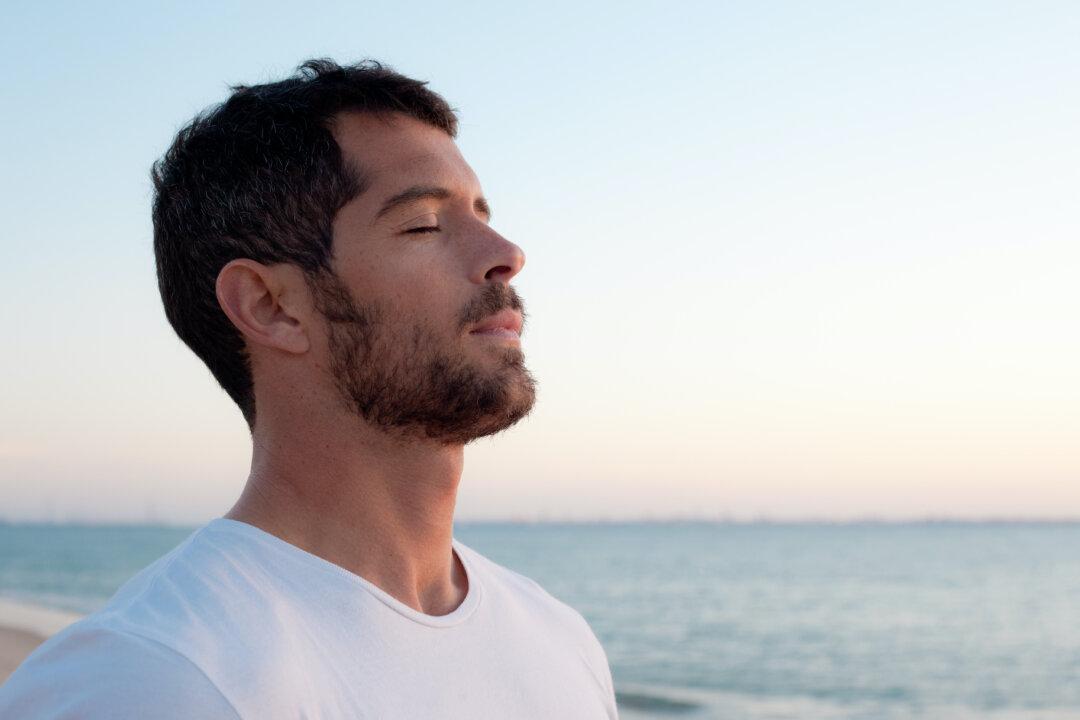Just as it’s easy to get used to eating too much, too often, it’s common to breathe too much air, too fast.
It’s not calming to “take a deep breath.” In fact, some of your best breathing is very light. If you’ve ever meditated and reached a deep state of calm, you may have noticed that you hardly seem to be breathing at all.





